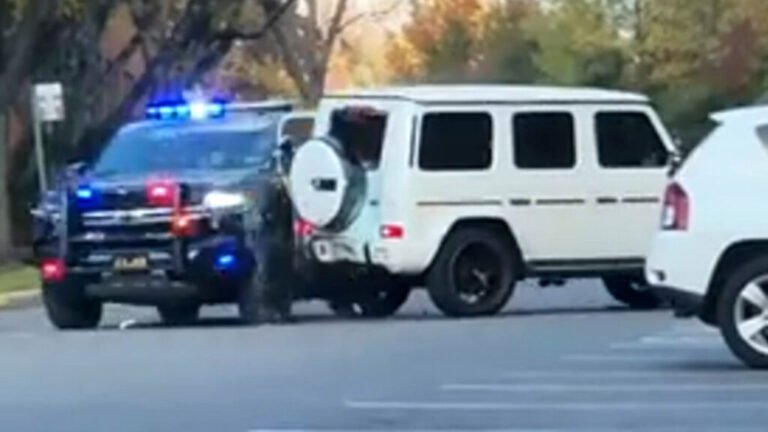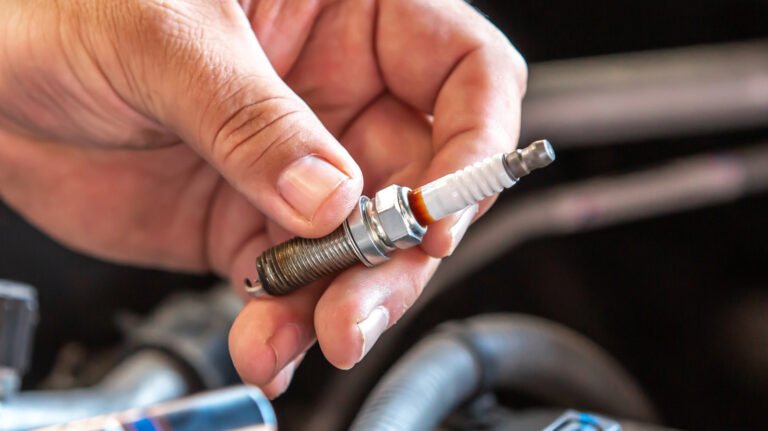

- AAA research shows 96% of drivers admit to aggressive driving in the past year.
- Cutting off other vehicles is up 67% since 2016, while tailgating has declined 24%.
- Study urges drivers to stay calm, give space, and practice good road etiquette.
We’ve all witnessed road rage and aggressive driving in person and even more so online. If it feels like it’s becoming more prevalent, that’s not just in your head. A new study from AAA confirms that not only is it on the rise, but almost all of us engage in one or the other to one degree or another. Thankfully, there seems to be a solution that we can all partake in.
Read: Cybertruck Flips Over After Alleged Road Rage Attack
The study admits that defining aggressive driving and road rage isn’t super simple. Several pages of it grapple with distinguishing the two, and mostly, they sum it up with the following definition: “Any unsafe driving behavior that is performed deliberately, with ill intention or disregard for safety, and impacts others.”
What Counts as Aggression?
For example, speeding on an empty road wouldn’t count, but speeding through a high-traffic highway would. That said, let’s dig into the figures. 96 percent of drivers admitted to driving aggressively in the last year. 92 percent admitted to speeding or cutting other vehicles off.
Since 2016, cutting off other cars is up 67 percent. Honking at others out of anger is up 47 percent. 11 percent of people admitted to violent actions like bumping another car or confronting another driver. Our lead image is just one example of that from earlier this year in Murfreesboro, TN.

“Driving can be a stressful experience due to behaviors of others on the road and how you respond to various situations. Our study finds that experiencing various forms of aggressive driving behaviors is common for almost all motorists, and many drive aggressively,” said Dr. David Yang, president and executive director of the AAA Foundation for Traffic Safety.
Not All Doom and Gloom
Despite the rise in certain behaviors, there are areas of progress. Tailgating is down 24 percent since 2016, and yelling at other drivers has dropped 17 percent over the same period. AAA suggests that simple courtesy and patience can play a protective role, improving both safety and the daily experience of driving.
“This work also concludes that road etiquette and manners can be a protective factor against aggressive driving. Let’s change our driving culture so we can achieve the safe mobility vision for all road users,” yang added.
Do Certain Vehicles Influence Behavior?
Interestingly, the study also indicates that vehicle type has a role to play. Drivers of large trucks, sports cars, and motorcycles reported higher levels of aggression, with some even admitting they felt more powerful or dominant behind the wheel of these vehicles. That said, the solution here is as simple as it gets: don’t engage.
AAA recommends leaving early to remove time-related stress. Don’t make eye contact, don’t gesture, and don’t respond to other aggressive drivers. Let such ones pass and move on from the situation. And if a situation escalates beyond control, the final step is clear: call 911.



Lead image Murfreesboro PD


